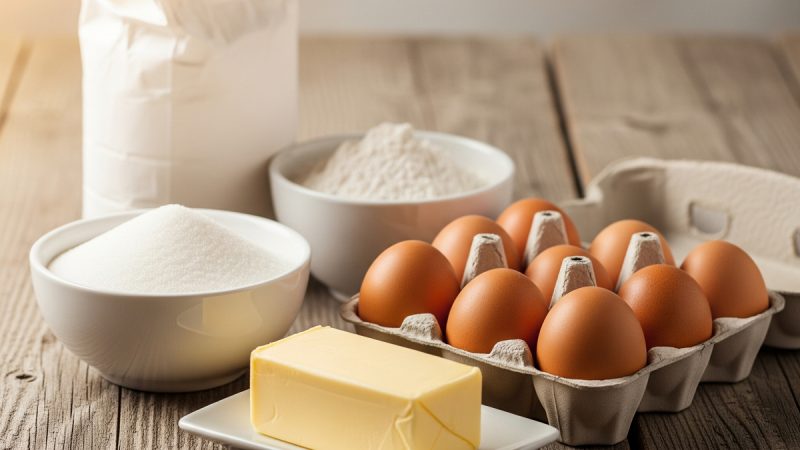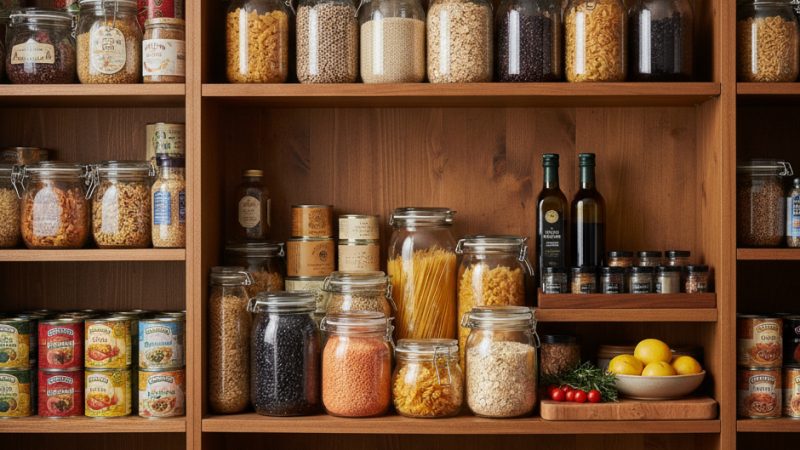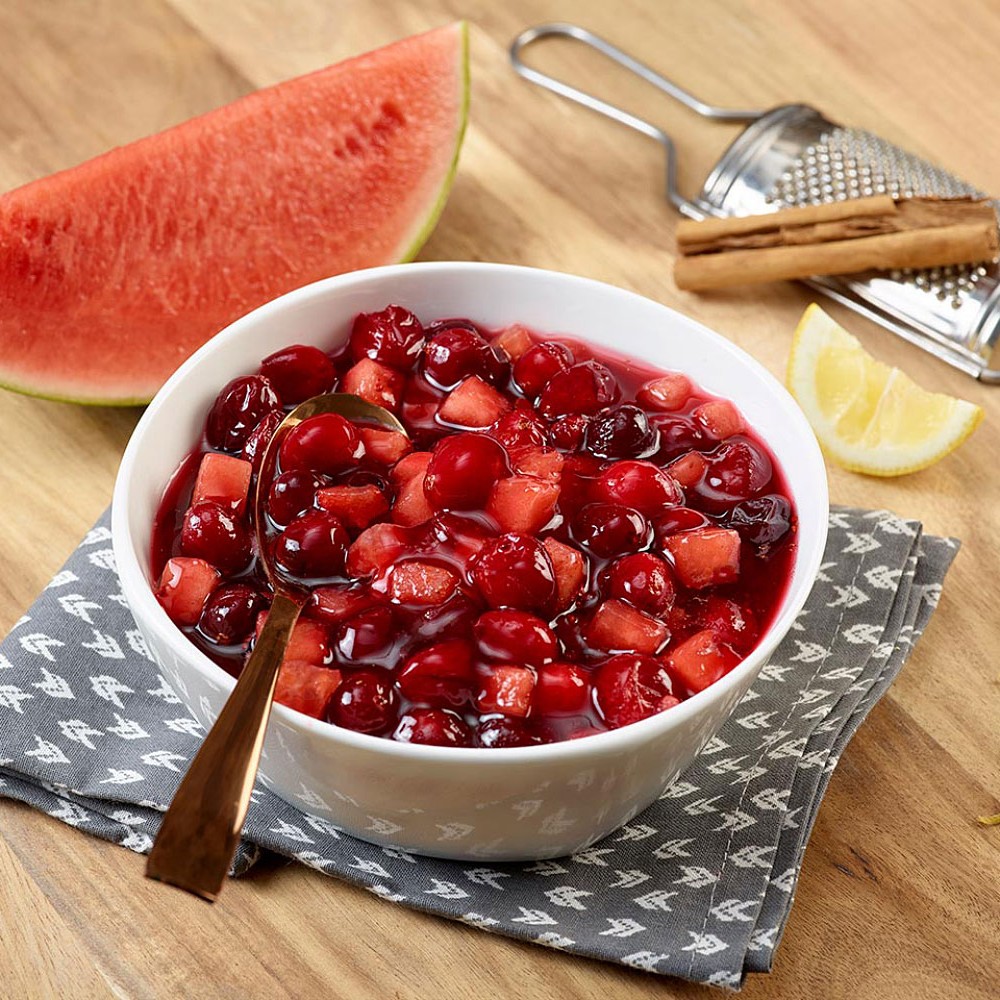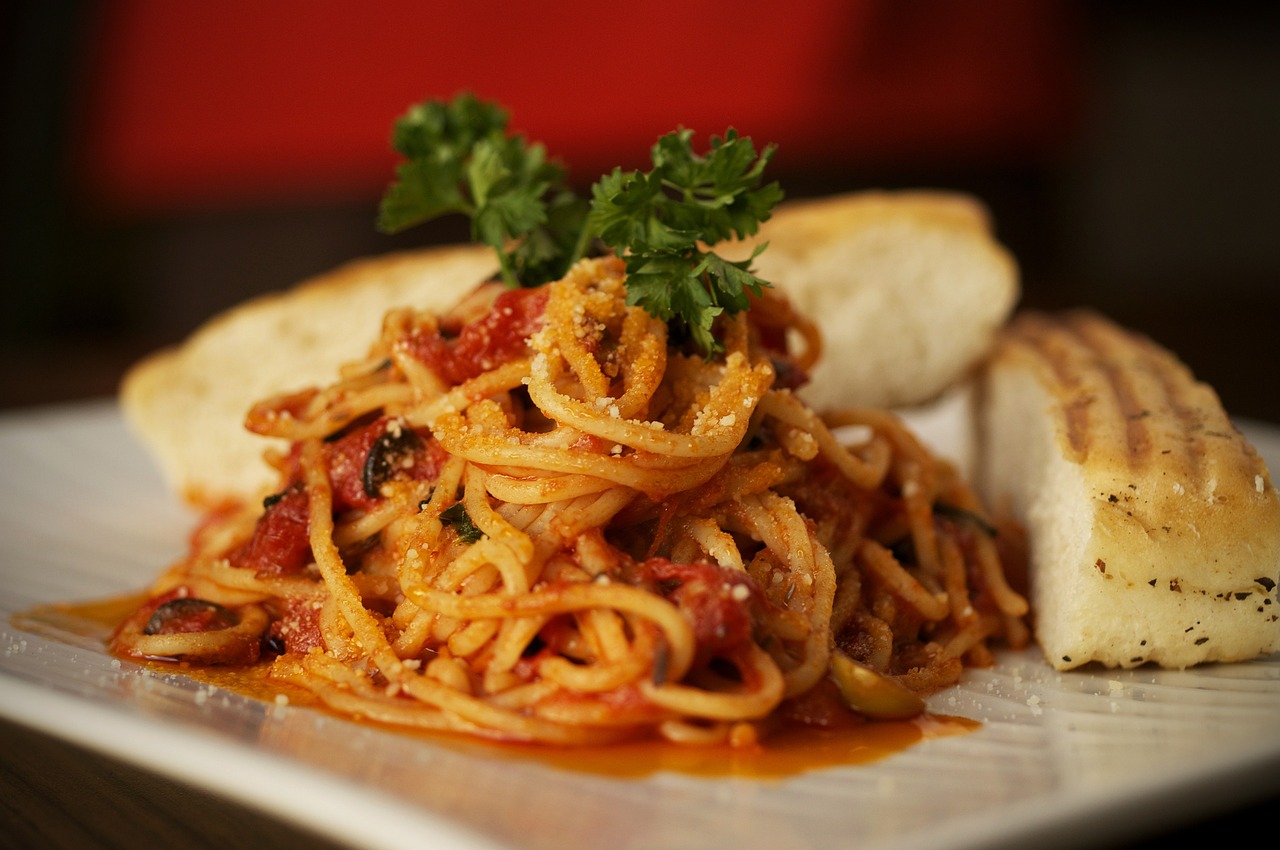Baking Flours: How to Use Them and Store Them
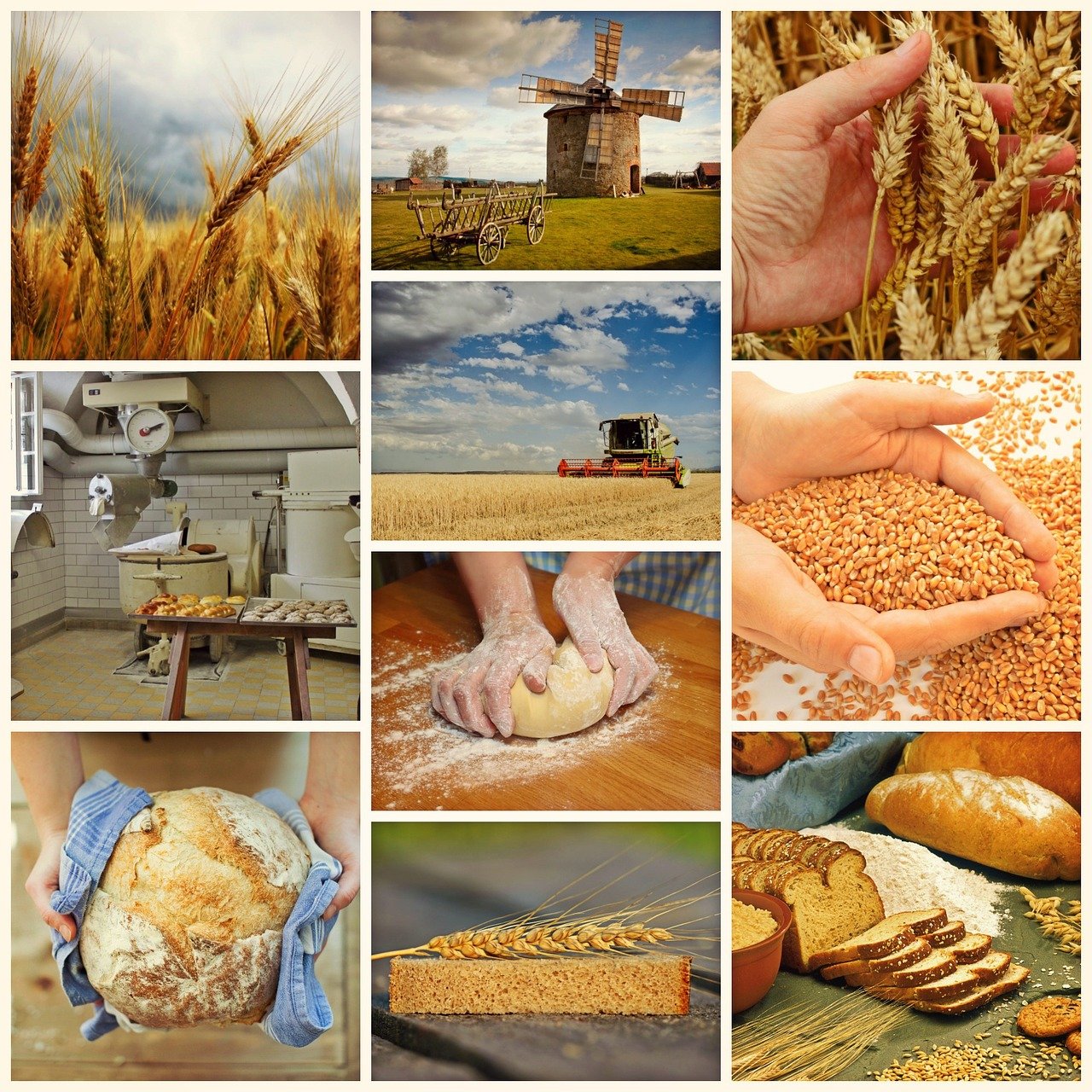
Let’s talk about wheat, since that’s what most people think of when they think of baked goods.
There are Many Kinds of Wheat
1. Hard Red Wheat
This is sown in the fall and comes up in the spring. It is also called winter wheat. It is harvested a little before other grains, but not much. This grain is very high in gluten, which is also the protein. It does as the name would suggest. It is the glue that holds the bread together. That is why this wheat wouldn’t be good to make a nice cake. Your cake would be tough, not tender.
2. Hard White Wheat
This is very similar to hard red as far as protein is concerned. The difference is the color. It is a lot lighter in color and makes a lighter loaf of bread. It is kind of very light tan. This is a fairly new grain on the market and growing rapidly in popularity. It is still not all that easy to find. It’s what the premium bread makers are using to make light loaves of bread filled with fiber. This is a good choice if you have picky kids who think they don’t or wouldn’t like brown bread. This flour makes very light fluffy bread.
3. Soft White Wheat
This flour is what you would use to make cake. It doesn’t have much gluten, or protein. This wheat is what they make cake flour out of it.
Let’s Now Talk About Different Flours
1. Bread Flour
This is usually hard red wheat flour and of course is best for bread.
2. All-Purpose Flour
This can be many different combinations of different wheat and barley. Sometimes it is a combination of hard red and barley flour, or soft white wheat and hard red wheat, with the fiber and germ taken out. It comes in bleached and unbleached.
3. Bleached Flour
This is flour that has Chlorine oxide added to the freshly milled white flour to turn it whiter.
4. White Flour versus Whole Wheat Flour
White flour is milled by steel or porcelain rollers to take out all the fiber and the wheat germ where all the nutrients are. What is left is a packet of starch and a little protein. It is ground so fine that it is quickly digested, sending a rush of sugars or glucose through the body. When it was first discovered that they could make stable white flour, that is since the omega-3 oils were gone it no longer turned rancid within days, they celebrated the first industrialized food, or the first fast food. What followed was an unexplained epidemic of beriberi and pellagra. It wasn’t until the discovery of vitamins in 1930 that they realized it was the lack of vitamin B that caused the epidemic. White flour no longer contained vitamin B and yet it was this wheat flour everyone depended on so heavily for nourishment. By this time white flour was very inexpensive and now became the food of the poor. The government ordered the mills to put vitamin B back in the flour. It was not until 1995 that the agricultural department ordered omega-3 to be put in white flour.
Whole Wheat flour is also called graham flour. Whole wheat flour is used as soon as it is milled has all the nutrients a body needs to stay healthy. It has anti-oxidants, including beta carotene, omega-3. It carries with it vitamin b’s. It also has many other nutrients that science does not know what they are and what function they play in the body, but are only found in wheat. We do know that a diet of whole grains will prevent cancer, heart disease, and some cancers.
Let’s Talk About Other Flours Used in Baking
Flour used in baking is mostly wheat flour, but it can also be corn flour, or corn meal, nut meal, ( almond meal) tapioca flour, bean flours, ( garbanzo, and fava flours) and even some fruit and vegetable flours, ( tomato powder, spinach flour used in making pasta).
The type of flour is crucial to the results you want from your baked goods. If you use the wrong flour you can ruin a recipe. For success in baking it is important to have the right flour.
5. Semolina Flour
There are different grades of semolina
- Semolina finely ground endosperm of the durah wheat
- Semolina meal is a coarsely ground meal like farina
- Wheatina is a whole wheat
- Durham flour that is finally ground semolina
Note: An interesting fact. Durham wheat is grown almost exclusively in North Dakota.
6. Oat Flour
It is wonderful in breads as it adds a very nice flavor. It has to be added to bread by taking out some of the whole wheat or white flour. No more than a third should be substituted since oats do not form gluten.
7. Almond Meal
This meal or flour brings moisture, nutty flavor and protein to your baked goods.
Helpful Hint:
The higher the protein in flour the less flour you need when making bread. We are so used to following a recipe exactly that this next part may be difficult to grasp. You only use as much flour as you need, not necessarily what the recipe calls for. So how do you know how much to add? There is a way. If you own a mixer with a dough hook, add all the liquid, salt, and oil and half the flour. Next add the water, with the yeast dissolved in it, to the mixer. Now comes the fun part. Add flour till the flour pulls away from the sides and bottom of bowl. That’s it, it’s really easy. Now if making whole wheat bread knead for 10 minutes. If making white bread knead for 5 minutes. Now, stop the mixer and pinch between finger and thumb. If it sticks to your fingers you need just a little bit more flour. If it doesn’t stick, it is perfect. Let rise in bowl. When dough is at top of bowl, turn machine on. Now put in bread pans, let rise again and bake according to recipe.
Lastly Here is How to Store Flour
Whole wheat should be stored in the refrigerator in a tight lidded container, especially if it is fresh ground. On the counter the omega-3 oils will cause it to go rancid quickly.
White flour need not be stored in the refrigerator since it has nothing in it that will go bad. After three months however it will taste very stale. It is still not spoiled, but your baked goods won’t taste good.
Corn meal need only be stored in tight lidded container and the same with most flours except nut flours. The nut flours would do best in the refrigerator because of the nut oil in them. They will go rancid.
In the refrigerator whole wheat flours will last 6 months. In the freezer the whole wheat flour will last a year. On the counter they will last three months before all the nutrients are gone.
The Author:
Gini Johnson has 42 years experience with grinding flour and making homemade bread.
Photo. Anja

